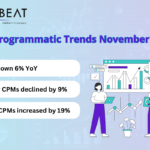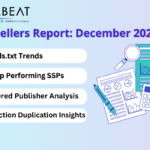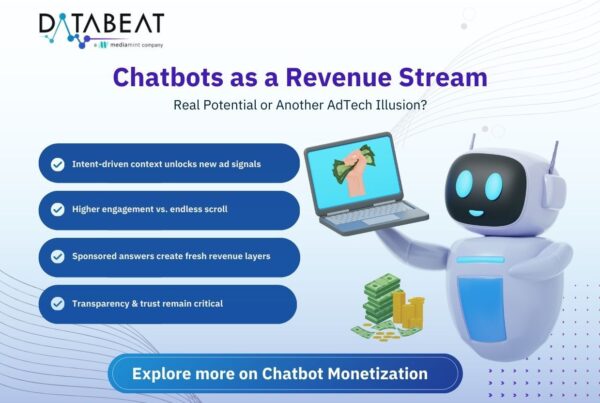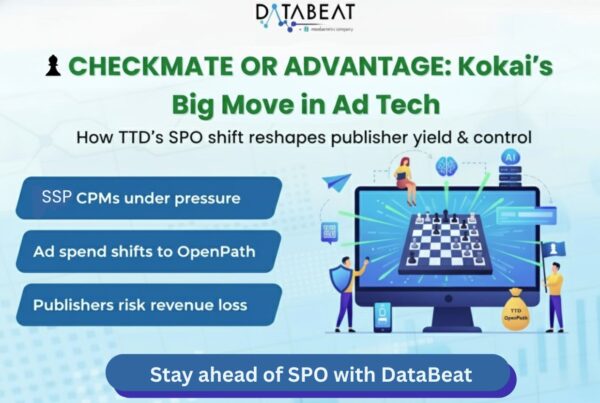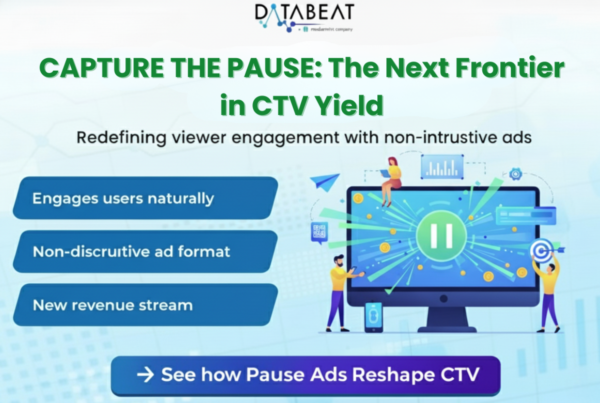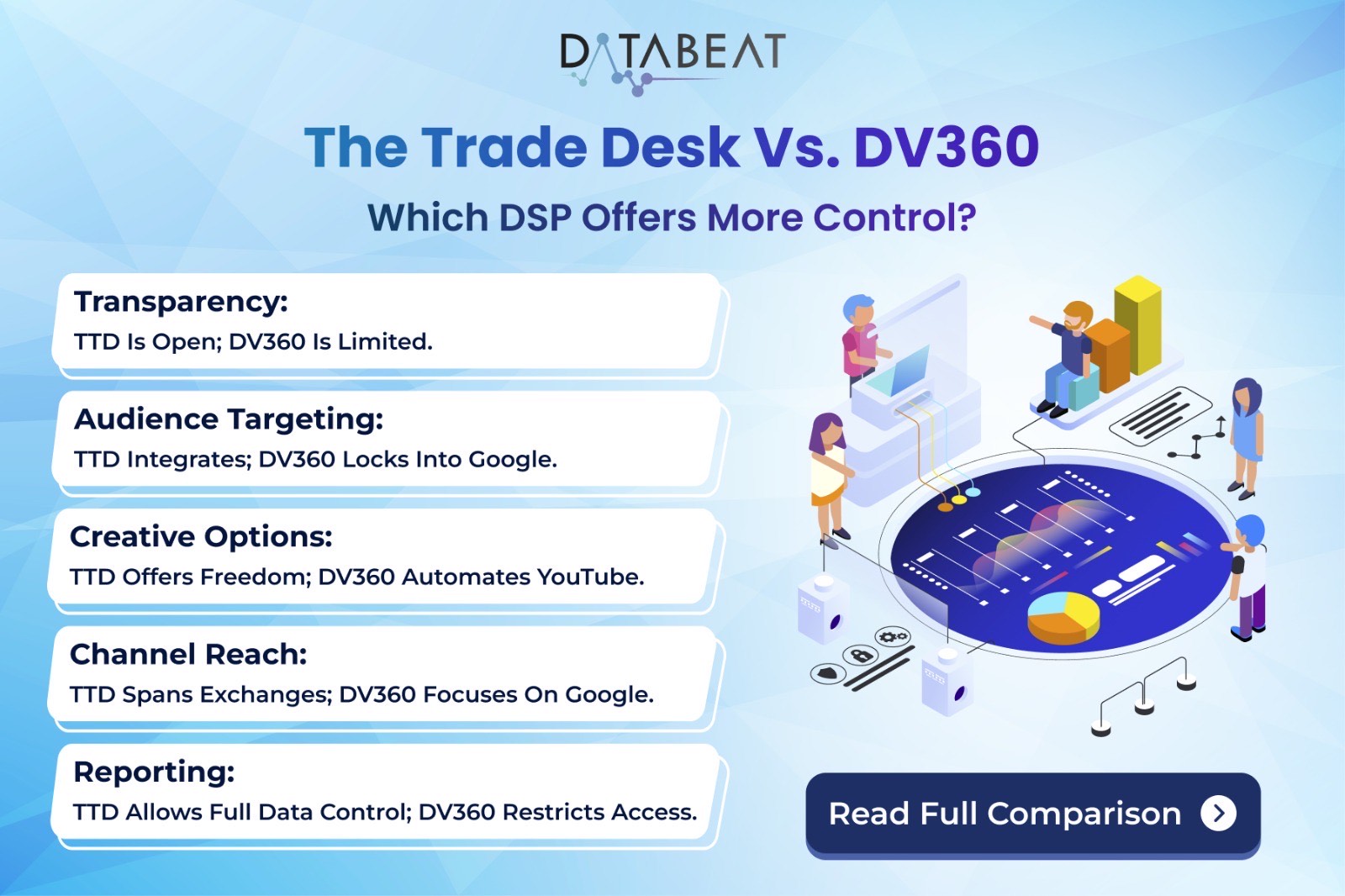
In programmatic ad buying, demand-side platforms (DSPs) are essential to the purchase of digital advertising space. The Trade Desk and Google’s DV360 are notable DSPs in the ad tech market. These platforms allow advertisers to manage multi-channel campaigns with a high degree of automation and precision. However, breadth of control, degree of transparency and flexibility of customization might be quite different.
In this article, we analyze features of The Trade Desk and DV360 to understand which one serves advertisers needs better without getting into their operational metrics.
For further information regarding DSPs : https://databeat.io/knowledge-base/demand-side-platform/
- Transparency and Inventory Access
The Trade Desk (TTD):
- TTD is a DSP that gives advertisers access to numerous ad exchanges and publishers without concealing anything from them.
- Hides little to no costs, so advertisers know exactly how the budget is allocated.
- Unlocks several data vendors within geography so that the advertisers do not need to stay in one ecosystem.
DV360:
- Google’s owned DV360 offers great ease of access to premium traffic like YouTube, GDN, Google Ad Manager and other Google products.
- Cost structures are not open to the same degree of freedom because it is dependent on Google.
- Uses Google’s first party data abundantly, making it difficult for third-party data providers to electronically join the network.
Which DSPs Offer More Control?
The Trade Desk provides more transparency and control over ad inventory and cost structures, while DV360 offers exclusive access to Google’s inventory but is less open in terms of pricing and data partnerships.
- Data & Audience Targeting
The Trade Desk (TTD):
- The system allows integration from multiple external providers to offer unique audience targeting customizations.
- Koa performance offers audience segmentation targeting with its AI predictive marketing tool.
- Unified ID 2.0 implementation enables identity dissolution to be improved even without cookies being used.
DV360:
- The system integrates data from Google Search, YouTube, Gmail and Chrome, which combine to form powerful audience insights.
- The system offers different automated tools aimed exclusively at lowering the barriers to entry when scaling campaigns out of beginner level.
- Audience Solutions enable advertisers to merge and utilize their first- and third-party data, but only in the Google environment.
Which DSPs Offer More Control?
The Trade Desk offers greater flexibility by allowing advertisers to integrate data from various providers whereas DV360 benefits from Google’s exclusive first party data but locks users into their ecosystem.
- Creative Flexibility & Customization
The Trade Desk (TTD):
- The system supports dynamic creative optimization (DCO) through external creative platform integration.
- Supports advanced display options such as custom display and video ads as well as audio CTV’s.
- Supports greater freedom in testing the creative across multiple inventory sources.
DV360:
- The system has built-in automation for personalizing and serving creatives, called Creative Studio.
- The system allows YouTube integration for serving interactive ads.
- Limited in third-party creative tool compatibility, as it Favors Google’s proprietary solutions.
Which DSPs Offer More Control?
The Trade Desk provides greater creative flexibility, whereas DV360 is optimized for Google-based creative automation and YouTube ads.
- Channel and Device Reach
The Trade Desk (TTD):
- Include within their offerings display, video, native, mobile, audio, digital out-of-home (DOOH), and connected television (CTV).
- Coverages are met for indirect advertisers’ networks as well as for premium inventory through private marketplace deals (PMPs).
- Limited competition in CTV advertising, as they have access to leading streaming platforms.
DV360:
- GDS, also expanding their reach on Google’s ecosystem, including YouTube, GDN, and Google Ads inventory.
- Encourage also includes display, video, mobile, native, CTV, and DOOH but limited on Google only.
- Too many limitations on the use of third party CTVs tilting the balance in favor of YouTube and away from other external streaming services.
Which DSPs Offer More Control?
The Trade Desk has broader reach across multiple ad exchanges, while DV360 is best for advertisers targeting YouTube and Google inventory.
- AI & Automation
The Trade Desk (TTD):
- Optimizes bids, audience targeting, and ad performance through Koa™, an AI-powered decision engine.
- Serves advertisers who want to have more control over bidding and optimization.
DV360:
- Features Google’s master bid with automated audience expansion and creativity.
- No control at all over some optimization features like for sure with Google automation.
Which DSPs Offer More Control?
The Trade Desk has more options for manual optimization, while DV360 is suitable for advertisers who want to have their Google more.
- Reporting & Attribution
The Trade Desk (TTD):
- Custom reporting dashboards are available alongside full data ownership.
- Advertisers can use multi-touch attribution (MTA) to track multiple touchpoints throughout the customer journey.
- There is more leniency with exporting raw data for further breakdowns.
DV360:
- Reports can be created from Google Analytics, Google Ads campaigns, and Campaign Manager 360 as they link directly to DV360.
- It uses data driven attribution (DDA), but due to the walled garden nature of Google, it is difficult to export data outside the platform.
Which DSPs Offer More Control?
Advertisers on Trade Desk have full ownership of the data with customizable reports, while with deeper integration into Google’s ecosystem with DV360 comes restricted data access.
- Pricing Model & Cost Transparency
The Trade Desk (TTD):
- Works off an open and fully transparent cost-plus pricing, allowing advertisers to see exactly how much is being spent on inventory versus platform charges.
- Offers increased control over cost distribution and bidding approaches.
DV360:
- Operates on a black box pricing structure, meaning Google takes a percent but never shares what those percentages are allocated towards.
- When buying media, the fees are included in the total bill, losing distinctiveness as to whether the money is spent on tech or inventory.
Which DSPs Offer More Control?
Greater transparency of costs is provided by Trade Desk, whereas DV360 services are less clear in disclosing how much of the budget is used for what purpose.
In a nutshell:
- For control, transparency and third-party integrations, The Trade Desk wins every time.
- For heavy Google users focused on advertising on YouTube, DV360 is a great option.
- It all comes down to what is preferred more, independence and flexibility provided by TTD, or easy Google access through DV360


